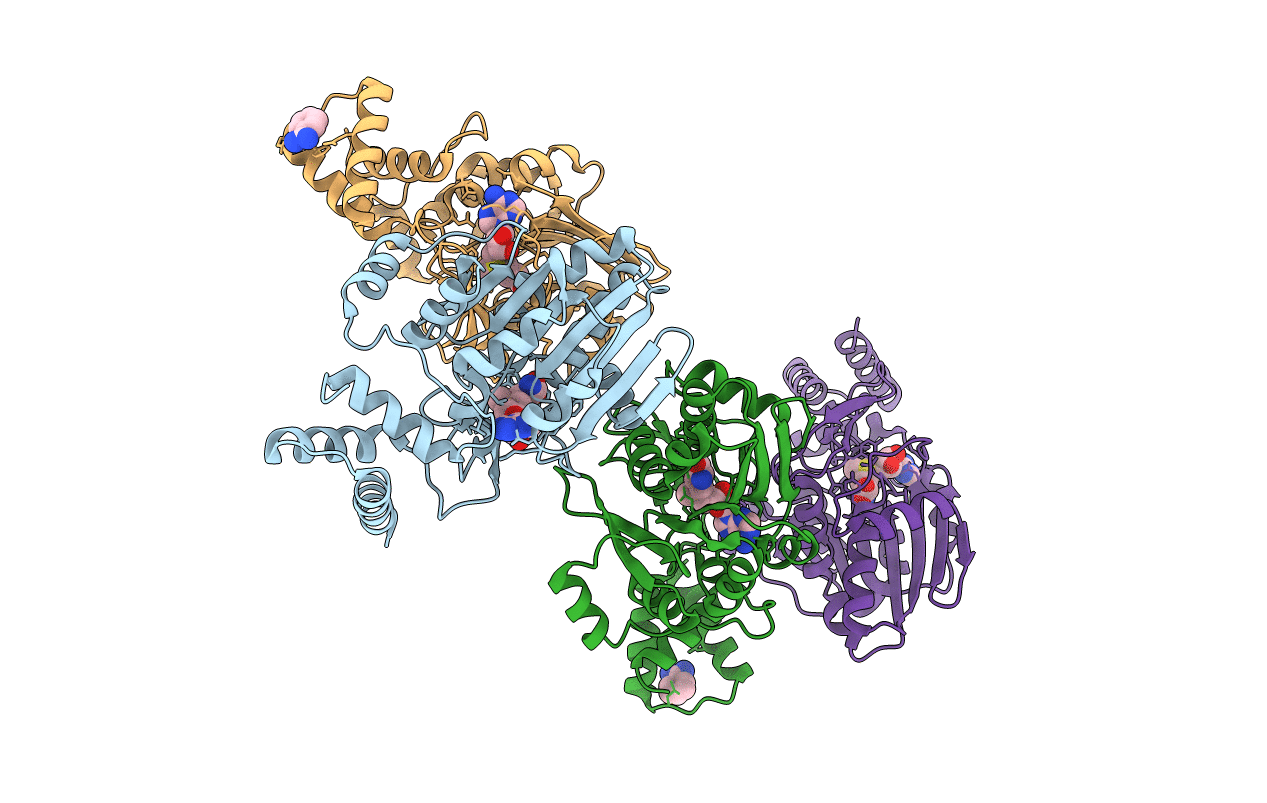
Deposition Date
2012-10-03
Release Date
2012-10-17
Last Version Date
2024-10-16
Method Details:
Experimental Method:
Resolution:
2.49 Å
R-Value Free:
0.25
R-Value Work:
0.19
R-Value Observed:
0.19
Space Group:
P 1 21 1


